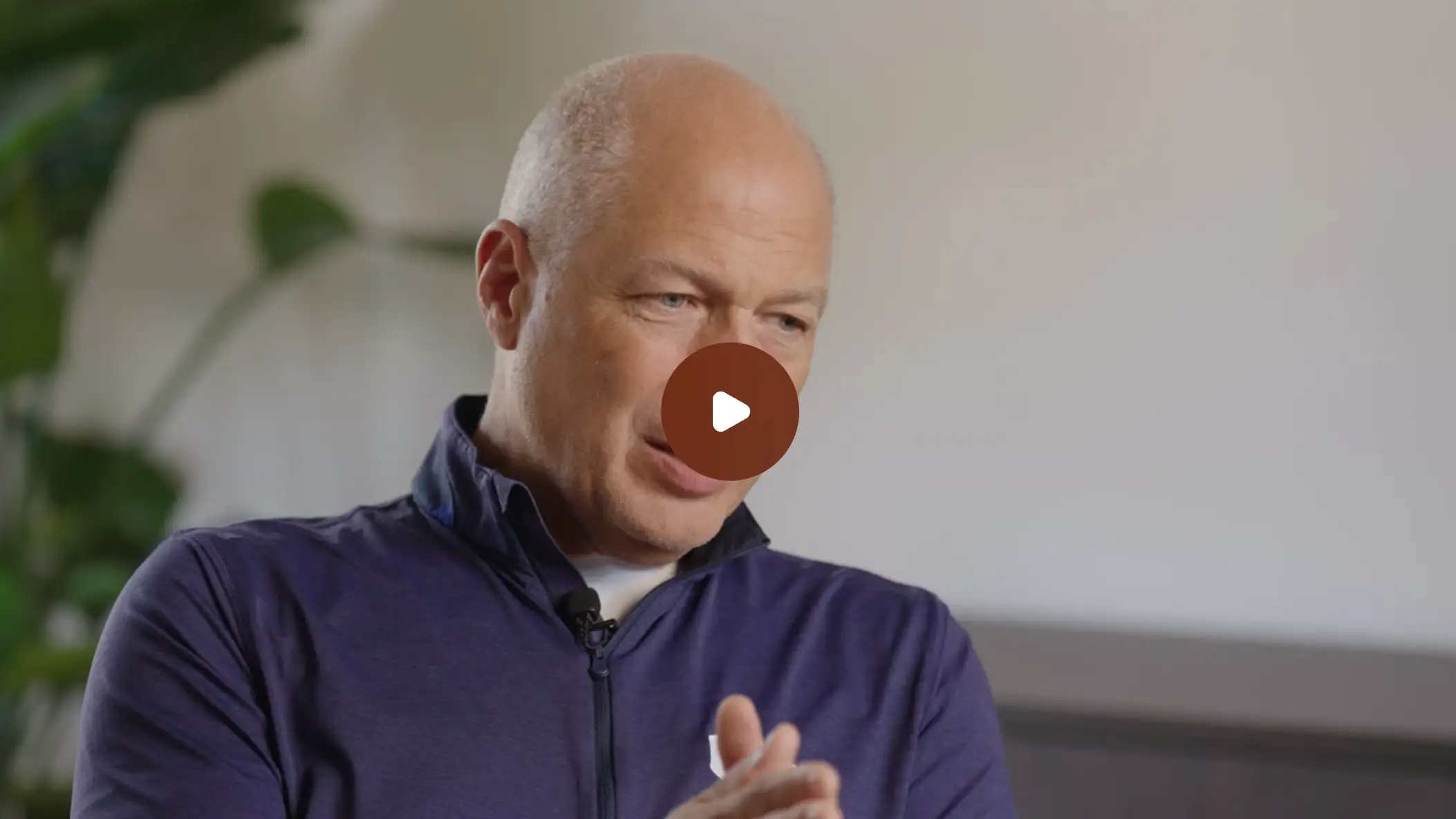Learn how to shorten your sales cycle with the second metric in our Sales Metric Series, Stage Tenancy. This little pocket-rocket is often overlooked and overshadowed by funnel conversion rate. But today it will enjoy the limelight.
So, what is Stage Tenancy? Simply, it's the average time opportunities spend at each stage in the sales funnel.
Let's focus on the structure in which we'll put Stage Tenancy to use:
- The maths
- Granularity & context
- Identify the problems
- Remedies
- Results
- Repetition
Let's get to it.
Step 1 - The Maths
Firstly, we need to collate the relevant information. If you're fortunate enough to have a CRM that records change history (such as Salesforce), you'll be able to find time stamps to show when opportunities moved to specific stages in the opportunity history table, for example.
Next, we need to choose the time frame that we want to assess. The last 6 months is normally a good place to start (if your sales cycle is 90 days+ perhaps 12-18 months would be more desirable).
Now, for each stage we need to calculate the average time between date stamp 1 (the date the opportunity moved to that stage) to date stamp 2 (the date the opportunity moved to the following stage). This analysis should yield something like the below:

As you can see, ReachOut&TouchBase.io sit at "in Discussion" for the longest period of time, closely followed by "Negotiation". Given slow moving opportunities at the top of the funnel will have the greatest impact on the volume that feeds through to later stages, we've successfully identified the first area that we can probe.
Step 2 - Granularity
This time round, I'm going to split granularity into two sections.
A) Hierarchical Granularity - Understanding stage tenancy at salesperson and business line level
B) Insight Granularity - Digging deeper into how other variables influence stage tenancy, such as deal size, industry, lead source etc
Let's look at Hierarchical Granularity. Now that we know that our slowest stage is "In Discussion", we need to calculate this for each salesperson:

Our friend Amir is leading the pack, whereas Bruce is really struggling at "In Discussion". There are 10 days difference between them at this stage. So, what is Amir doing here that Bruce is not? And why do the entire team (Amir excluded) struggle with momentum at this stage in the funnel?
Now to Insight Granularity. There may well be more than just the differences between salespeople that have an effect on Stage Tenancy. If we are to truly offer better insight to our marketers and salespeople, we need to start delving deeper.
For example, what about the various products we sell, our geographies, or the account sizes we target?

Notice how there is also a huge gulf between APAC and EMEA. There is a significant difference in our regions' ability to navigate this part of our funnel at speed.
Anomalies
Not to be overlooked is spotting data anomalies and outliers. An incredibly important part of this exercise is to identify inconsistencies. We all know that where data entry via salespeople is concerned, there will be inconsistencies that need to be fixed. If not, the accuracy and integrity of the insights we derive will always suffer.
Notice how Lucinda has pretty much the opposite trend at Proposal and Negotiation to the average. She must be interpreting the stages differently. Is she following the same entry and exit criteria as the rest of the business for example? Improving processes and ironing out these anomalies over time will have a huge impact on the quality of our data capture.

Step 3 - Identify the problem
It's most likely you'll have some very specific events or conversations that take place at each sales stage. If possible, invest in something like Jiminny to get stuck in and listen to what's going on in these key events. Particularly, what are the key differences in conversations and correspondence between Bruce and Amir? This will serve as the first clue as to why this is your slowest sales stage.
Commonly seen problems that come out of the woodwork where a tardy deal is concerned are:
- Ineffectively articulated value proposition
- Unconvincing urgency stories
- Challenges and impact not identified and built
- Next steps not being scheduled or attended
- Shift from "in person" selling to email
- A feature not problem/solution-lead demo
- Post-demo, this could well be the process of gathering other stakeholders within the prospect account which is where control is typically lost
Step 4 - Remedies
We may then want to look at how any of the following could bear an impact or help our situation.
- Sales enablement tools
- Marketing content
- Sales approach / value proposition / urgency stories
- Objection coaching / shadowing
- Data enrichment
- Pricing
Step 5 - Results
Now back to the good bit! How does tinkering with and improving our stage tenancy actually improve the amount of cash we make?
We established that ReachOut&TouchBase.io's slowest sales stage is "In Discussion", and we've applied some sales enablement tactics to try to shorten this. Now, we need to assess the impact this has on the overall average sales cycle, which was 41 days.
41 days to 37 days. This is a 9.8% improvement in our average sales cycle. So, how does this impact our monthly revenue?
In the last post, we concluded that by improving the conversion rate of just one stage by an extra 5%, we took our monthly revenue from £200k to nearly £250k. So, let's use this as a base:
At an average deal value of £10k previously they were closing 25 deals per month. Now, with our 9.8% improvement, ReachOut&TouchBase.io will take home 27 deals adding another £20k to their revenue, now totaling £270k!
Step 6 - Repetition
When it comes to stage tenancy, repetition takes on a new meaning. It's not just about moving to the next slowest stage in the funnel. It's about taking the time to re-explore granularity, identifying other data points that influence stage tenancy.
As a very simple example, it's often the case that different opportunity types will bear a massive impact on stage tenancy i.e. an upsell opportunity will yield different results to a new business opportunity. This is where our sales enablement can start to benefit from real direction, not just blanket rules.
Of course, traditional repetition also applies. Look at the next slowest stage and follow the steps. It's imperative that we set up our reporting to easily identify that our efforts are bearing an impact on results.
Summary
Yet again, we see the huge revenue impact that can be realised by improving one, seemingly inconspicuous, metric. Stage Tenancy is critical to improving the speed at which our deals move through the funnel. It affords resolute direction to our sales enablement investments, and is the perfect metric to identify exactly where your individual salespeople need help and assistance.
Don't forget to look out for anomalies. This is where we have the opportunity to correct sales processes, drive data quality and improve the visibility of reporting in the future.
Two metrics down and £70k added to ReachOut&TouchBase.io's monthly revenue. Now find out how to how to calculate your sales reps' discounting value by sales funnel stage in our final metric of the series: Stage discounting.

.svg)



.svg)
.svg)
.svg)
.svg)













